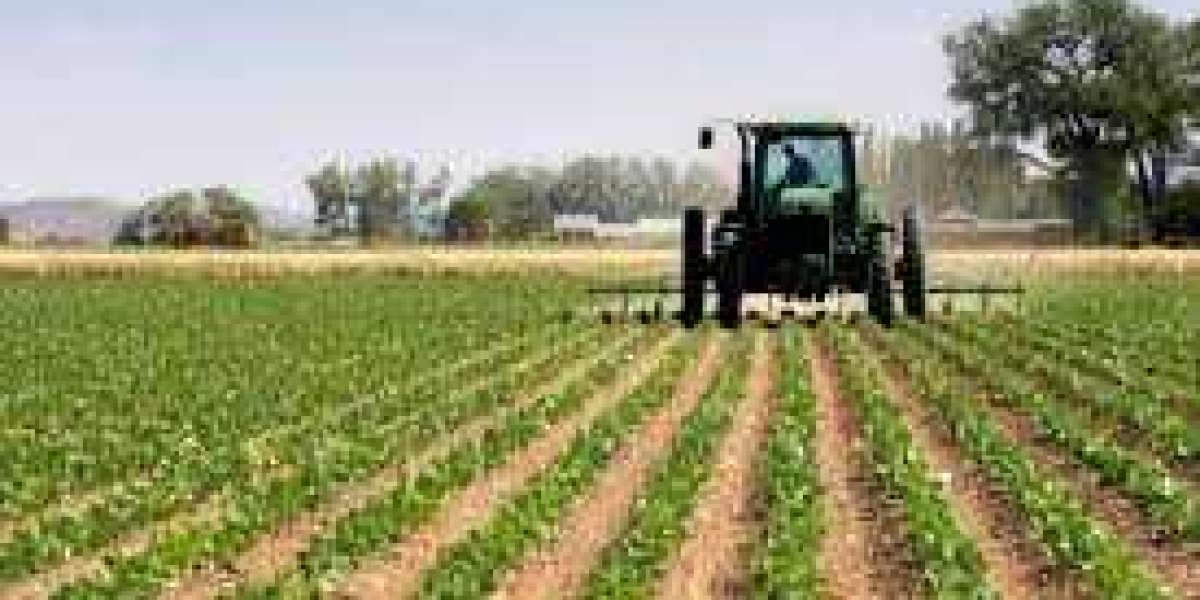India, known for its diverse agricultural practices, is increasingly becoming a hub for exotic and traditional farming. Among the numerous crops cultivated, dragon fruit farming, grapes farming, and rice cultivation have gained prominence due to their economic and nutritional significance. Additionally, India stands tall as the largest producer of sugarcane, further solidifying its agricultural prowess. This article delves into these farming practices, highlighting their importance, methods, and regions of cultivation.
Dragon Fruit Farming in India
Dragon fruit, also known as pitaya, has seen a surge in popularity in India due to its unique appearance, taste, and health benefits. Native to Central America, dragon fruit farming in India has found its footing in states like Gujarat, Maharashtra, Karnataka, Andhra Pradesh, and Tamil Nadu. The fruit thrives in arid and semi-arid regions, making it suitable for the Indian climate.
The cultivation process involves selecting well-drained sandy loam soil with a pH level of 5.5 to 7. The plants are typically grown from cuttings, which are then transplanted to the field after 2-3 weeks of rooting. The plants require a robust support system, often involving concrete or wooden pillars, to ensure proper growth and fruit production. Drip irrigation is commonly used to maintain optimal soil moisture.
Harvesting occurs in cycles throughout the year, with each cycle yielding substantial produce. Dragon fruit farming in India is lucrative due to its high market demand and premium pricing. The fruit is rich in antioxidants, vitamins, and minerals, making it a popular choice among health-conscious consumers.
Grapes Farming in India
Grapes farming in India has a long-standing history, with the country being one of the major producers of grapes globally. The primary grape-growing regions include Maharashtra, Karnataka, Andhra Pradesh, and Tamil Nadu, with Nashik in Maharashtra often referred to as the "Wine Capital of India."
Grapes require a warm, dry climate and well-drained soil for optimal growth. The cultivation process starts with selecting suitable grape varieties, such as Thompson Seedless, Anab-e-Shahi, and Bangalore Blue, based on the intended use—table grapes, raisins, or wine production. The vines are planted in rows, supported by trellises, and require regular pruning to maintain the shape and health of the plant.
Irrigation, pest management, and fertilization are critical components of grapes farming. Harvesting typically occurs from January to April, depending on the variety and region. The grapes are then processed and sold in local and international markets, contributing significantly to the economy.
Rice Cultivation in India
Rice cultivation in India is integral to the country's food security, as rice is a staple food for the majority of the population. India is one of the largest producers and exporters of rice globally, with major rice-growing states including West Bengal, Uttar Pradesh, Punjab, Andhra Pradesh, and Tamil Nadu.
The cultivation process begins with the selection of high-yielding and disease-resistant varieties. The fields are prepared by plowing and leveling, followed by the transplantation of seedlings grown in nurseries. The traditional method involves flooding the fields, known as the paddy method, which helps in controlling weeds and pests.
Modern techniques such as the System of Rice Intensification (SRI) and Direct Seeded Rice (DSR) are also gaining popularity. These methods focus on water conservation and increasing productivity. Rice cultivation in India is labor-intensive, requiring significant human and animal labor, particularly during planting and harvesting seasons.
The harvested rice is processed in mills to remove the husk and bran layers, resulting in polished rice that is ready for consumption. India's rice is highly sought after in international markets, especially varieties like Basmati, known for its aroma and long grains.
The Largest Producer of Sugarcane in India
India holds the prestigious position as the largest producer of sugarcane in India. Sugarcane farming is predominantly concentrated in states like Uttar Pradesh, Maharashtra, Karnataka, Tamil Nadu, and Andhra Pradesh. The crop plays a vital role in the country's agrarian economy, supporting millions of farmers and numerous industries, including sugar and ethanol production.
The cultivation of sugarcane involves planting setts (cuttings) in furrows and covering them with soil. The crop requires a warm and humid climate with ample water supply, making regions with reliable irrigation systems ideal for its growth. Fertilization, weed control, and timely irrigation are crucial for achieving high yields.
Sugarcane harvesting is labor-intensive, typically done manually using machetes. The harvested cane is quickly transported to mills for crushing to extract juice, which is then processed into sugar, jaggery, and other by-products. The industry also supports the production of ethanol, contributing to renewable energy sources.
Conclusion
In conclusion, India's agricultural landscape is marked by its diversity and richness, encompassing exotic crops like dragon fruit, traditional staples like rice, and globally significant produce like grapes and sugarcane. The country's position as the largest producer of sugarcane underscores its agricultural strength and potential for future growth. As India continues to innovate and adopt modern farming techniques, its agricultural sector is poised for even greater achievements.



